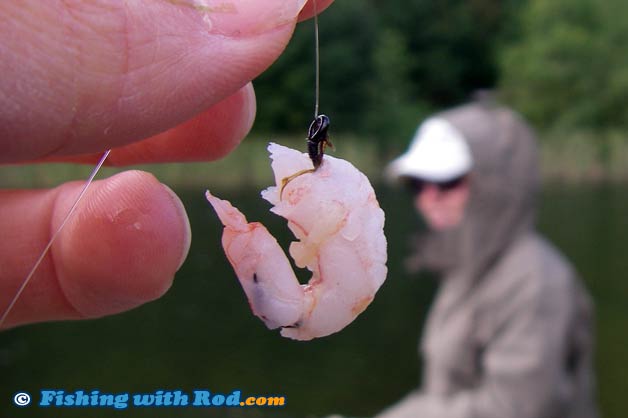Bait
Bait is a natural substance that is threaded or looped onto a hook for fishing. It is the most effective method under most circumstances because the scent that bait carries often attracts fish.

According to British Columbia sport fishing regulations, bait also include scented artificial substances. For example, scented soft plastics are considered as bait. Knowing this is important because scented plastic bait are prohibited in fisheries where bait are banned.
In British Columbia's freshwater fisheries, the most common bait are dew worms. Dew worms are not only great for trout fishing, they also work for catching coho salmon and steelhead at times.
Roe is also commonly used, especially by salmon anglers. It is an effective bait for chinook salmon, coho salmon, chum salmon and steelhead in rivers, as well as trout and char in lakes.
In the Lower Fraser River, common bait used for white sturgeon include eulachon, minnow, lamprey (commonly known as ditch eel), dead salmon pieces, roe sacs.
Other popular freshwater bait include deli shrimp, krill, maggots, corn, marshmallow, hot dog, scented soft plastics.
Saltwater salmon fishermen often use herring and anchovy when trolling for chinook and coho salmon. When halibut fishing, large salmon parts are often used. For smaller saltwater species such as perch, greenling, flouder and sole, smaller pieces of bait are used. Shrimp, prawn, shore crab, squid, fish pieces are commonly used.
